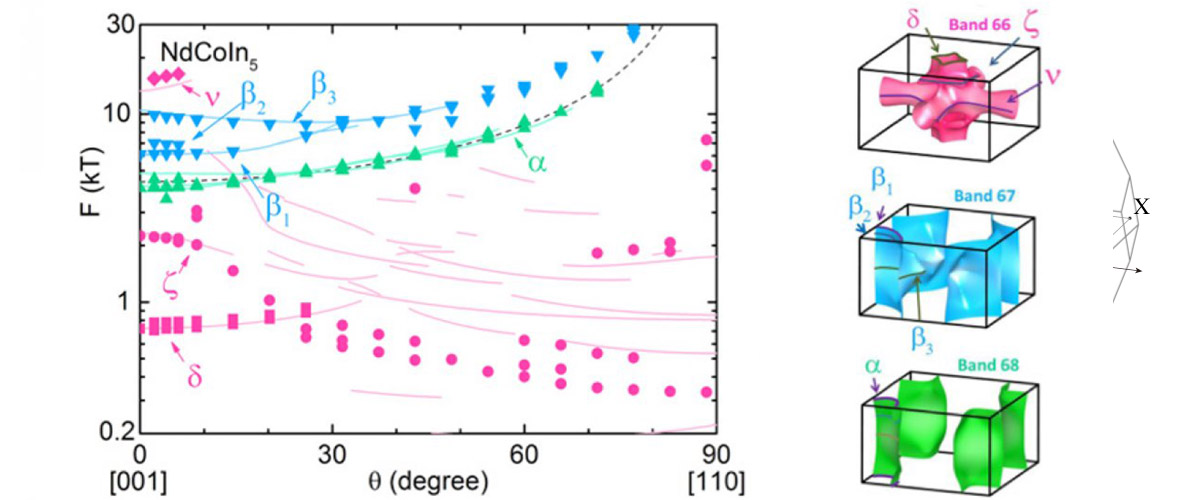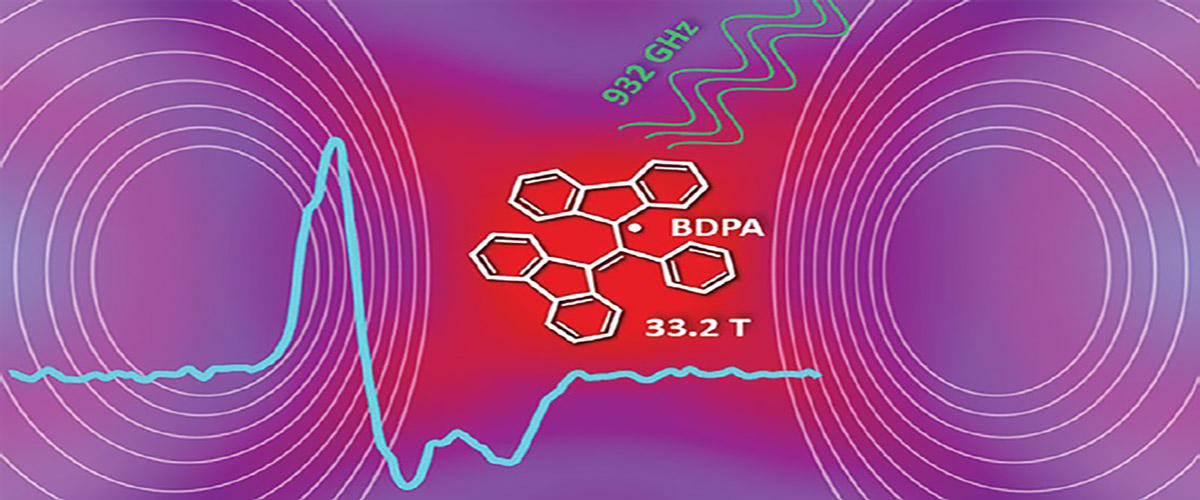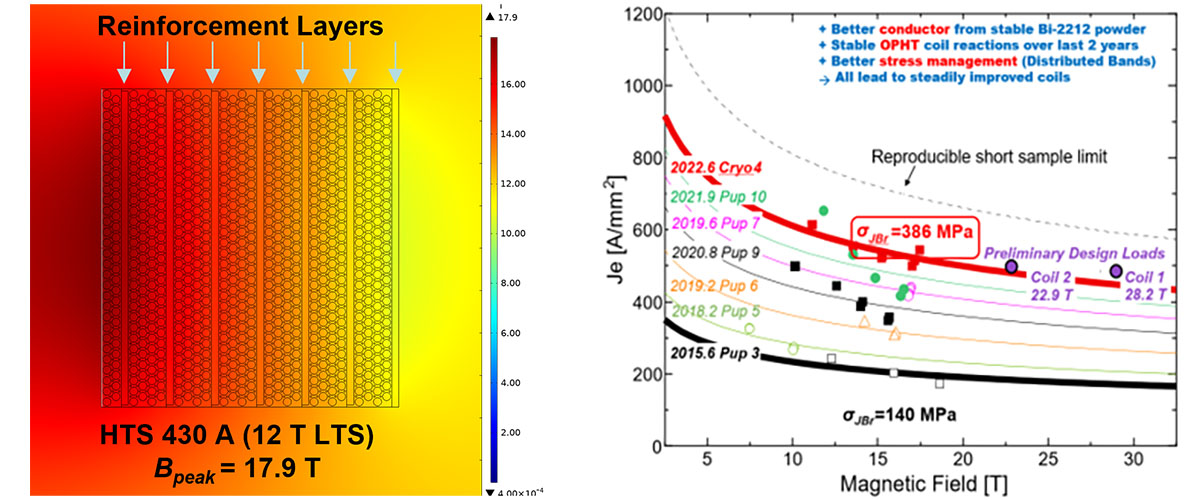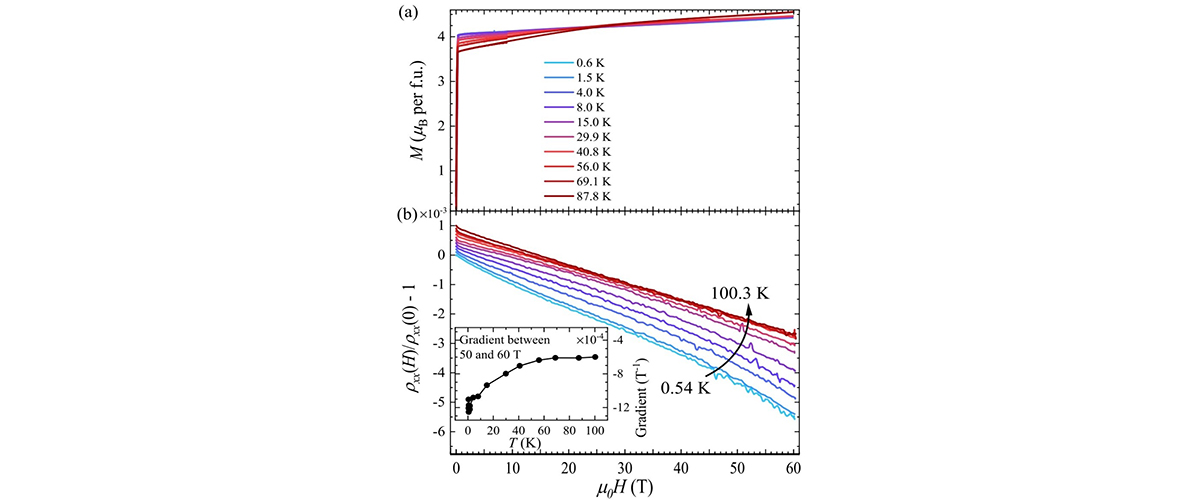What did scientists discover?
The experiment, which combined high magnetic fields with temperatures close to absolute zero, produced three key findings on the very unusual "Q-phase" in neodymium-doped CeCoIn5, in which magnetism and superconductivity coexist:
- The appearance of the Q vector previously observed in neutron scattering measurements on Ce0.95Nd0.05CoIn5 is due to a transition from a two-dimensional to a three-dimensional metal.
- This transition results from the formation of a spin density wave
- Neodymium likely alters the electronic pairing potential that leads to the superconductivity.
Why is this important?
Physicists seek to better understand exotic quantum mechanical states in unusual superconductors, such as the Q-phase. These results show an increase from two- to three-dimensionality. This argues against previously proposed Fermi surface nesting and points instead to spin density wave formation as the driving force for the transition.
Who did the research?
J. Klotz,1,2 K. Götze,1,2 I. Sheikin,3 T. Förster,1 D. Graf,4 J.-H. Park,4 E. S. Choi,4 R. Hu,5 C. Petrovic,5 J. Wosnitza,1,2 and E. L. Green1
1HZDR, Germany; 2TU Dresden, Germany; 3LNCMI, France ; 4National MagLab, FSU ; 5Brookhaven National Lab
Why did they need the MagLab?
The combination of high magnetic fields and low temperatures offered at the MagLab was crucial to resolving the many high-frequency oscillations present in these heavy fermion compounds.
Details for scientists
- View or download the expert-level Science Highlight, Quasi-2D to 3D Fermi Surface Topology Change in Ce1-xNdxCoIn5
- Read the full-length publication, Fermi surface reconstruction and dimensional topology change in Nd-doped CeCoIn5, in Phys. Rev. B Rapid Commun.
Funding
This research was funded by the following grants: G.S. Boebinger (NSF DMR-1157490); BNL (U.S. DOE No. DE-SC0012704), C. Petrovic (Humboldt Foundation); I. Sheikin, J. Wosnitza (ANR-DFG Grant Fermi-NESt); J. Wosnitza (GRK 1621)
For more information, contact Tim Murphy.






